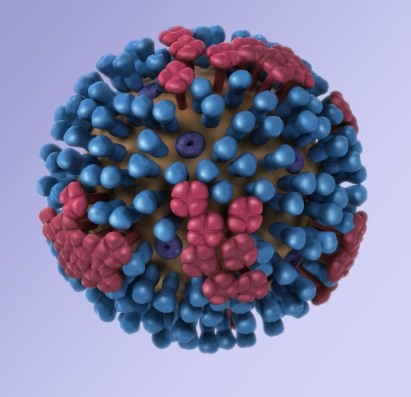Currently, scientists can easily manipulate the genetic codes and epigenetic markers of viruses. This can help us to come up with innovative new ways to protect against serious pathogens like influenza virus, which can cause debilitating and even fatal infections.
But even though we’ve come a long way in flu vaccine design, we still rely on a lot of guesswork to predict which strains will arise in a given season, and haven’t yet been able to develop a one-size-fits-all vaccine. This is mostly because influenza is a genetically divergent virus that has a huge capacity to evolve and mutate.

Now, a team of scientists at the University of California have taken a good hard look at influenza virus, and mapped out which genetic areas are absolutely critical for virus replication and survival. After deep sequencing ~98% of amino acids in the influenza haemagglutinin (HA) gene, they identified which areas can cope with – and ultimately benefit from – spontaneous mutations. More importantly, they identified which areas are indispensable for the virus life cycle, and have the potential to be simultaneously targeted by new super vaccines to prevent the emergence of escape mutations.
Image credit: CDC
Repost from the Stojdl Lab blog.




